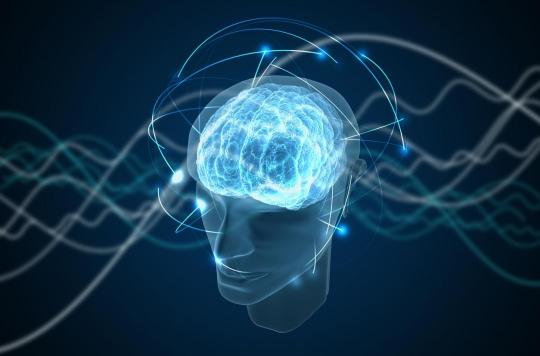The activity of the areas of the brain which control the reflexes of gestures or words expressed during a hypnosis session can be identified thanks to magnetic resonance imaging. An important discovery for understanding pain management mechanisms.

And if, to know if a person is receptive to hypnosis, it is enough to observe the activity of his brain thanks to magnetic resonance imaging (MRI)?
While many clinical studies have demonstrated the value of hypnosis in relieving pain and anxiety related to illness or surgery, new work led by Professor Pierre Rainville, from the Department of Stomatology at the Faculty of dentistry from the University of Montreal (UdeM), highlight the incredible power of this technique on the human brain.
According to this new study, the areas of the brain where the activity linked to hypnosis takes place would be clearly visible on the MRI: the latter would indeed highlight what the researchers call the “feeling of automaticity”, i.e. that is, the involuntary and automatic responses of the body, guided by someone other than oneself.
Altered brain activity
Thanks to MRI, “it is possible to predict, in a way, that a person under hypnosis will feel this feeling of automaticity by observing the regions of the brain involved in the production and perception of their own movements”, explain the authors. authors of the study in a statement.
But what is the interest for scientists to identify these brain areas linked to the feeling of automaticity? For Pierre Rainville, this would allow “to better understand the response of patients to hypnosis sessions carried out in a clinical context.”
In order to find out whether or not hypnosis increases the feeling of automaticity and, if so, which regions of the brain are responsible, the researchers recruited 26 healthy people, aged 19 to 45, who underwent an examination of MRI. Images of brain activity were obtained before and after participants were told to relax and focus on the voice they were hearing, and it was observed how their experience might be altered in this state.
The subjective experience of automaticity was measured on a scale of 1 to 10 on five occasions throughout the hypnosis session. During this, the researchers monitored the activity of the frontal and parietal regions of the participants’ brains.
Better understand the effect of hypnosis in a clinical context
“The MRI allowed us to observe that a region involved in the hypnotic effect is the parietal operculum”, located behind the frontal lobe, above the temporal and occipital lobes, explains Pierre Rainville. “The activity of this region is proportional to the feeling of automaticity reported by the participants. The activity of the operculum coordinates with that of the networks of the frontal lobe and allows us to predict what they will say!”, says the researcher.
For him and his team, this discovery is important because it aims to better understand the mechanisms of pain control and the role that hypnosis plays in it. “Our results may contribute to a better understanding of the effects of hypnosis on response to suggestions in experimental and clinical settings.”
.















